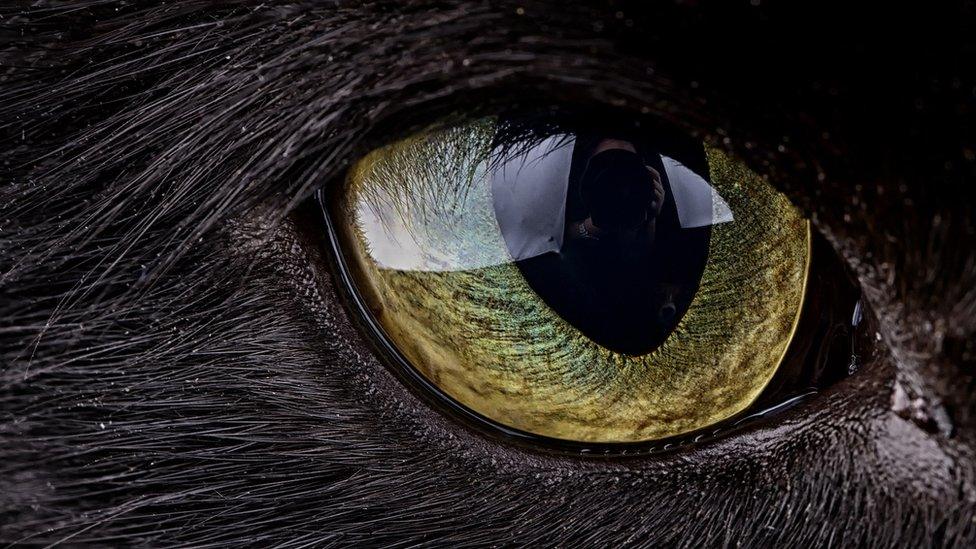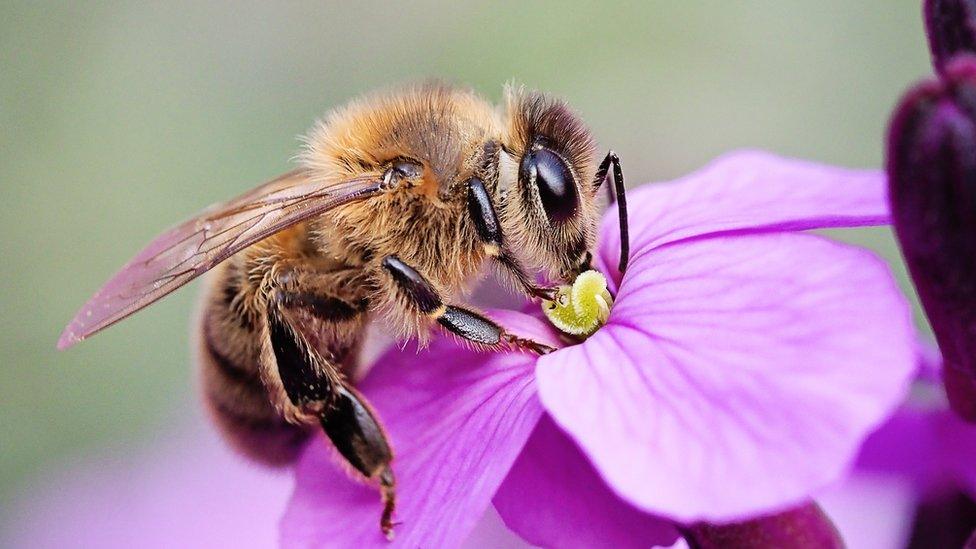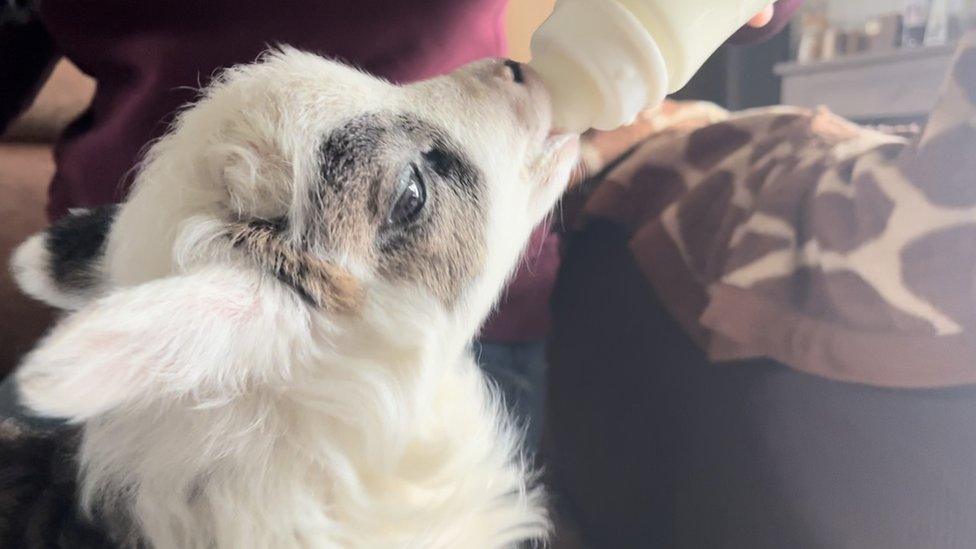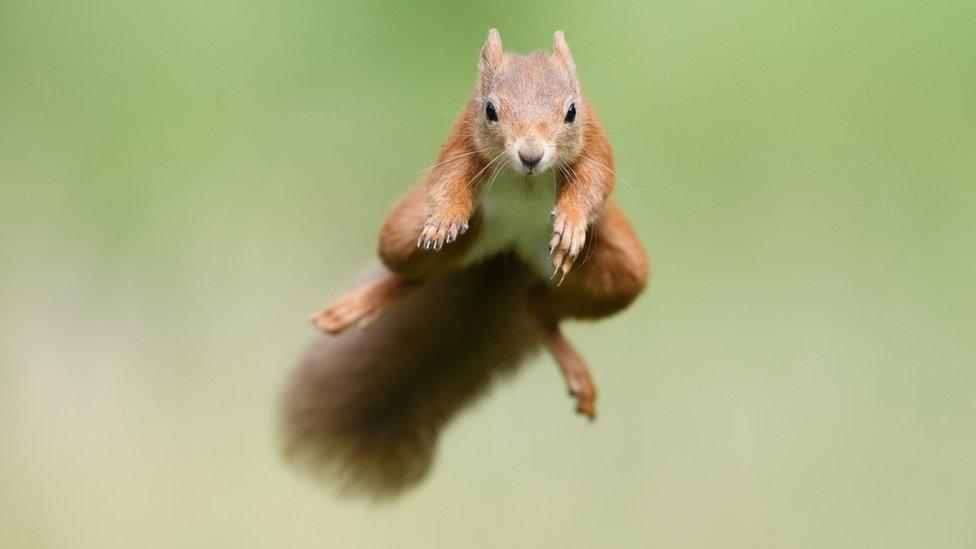Camera recreates how animals see colour
- Published
- comments

Scientists have been working with a special new video camera that can help you get an idea of what it's like to see the world through your pet's eyes.
The system allows filmmakers to recreate the colours that different animals see, and understand more about how they communicate and navigate the world around them.
The project is being led by team of researchers at the University of Sussex and the Hanley Color Lab at George Mason University in the US.
A study has also been published in the journal PLOS Biology.
Until now the way many species see the world has remained a mystery with many animals - for example honeybees and birds - able to see colours in ultraviolet light, far beyond the range of human ability.
Animals also have different photoreceptors in their eyes to humans, so understanding how they perceive colour is crucial to have true insight into animal communication and navigation.
But the research team have managed to produce a system capable of recording and processing videos to show these under natural lighting conditions.

Plants and butterflies shown through the camera's sight
The team tested the system against a traditional method and found that the new system predicted perceived colours with an accuracy of more than 92%.
Dr Vera Vasas, one of the authors of a paper on the work, said: "Our new approach allows researchers and filmmakers to record animal-view videos that capture the interplay of colours over time.
"Now we can fully appreciate how much information we missed when we were only photographing immobile objects in the lab.
This newfound ability to accurately record animal-specific colours in motion is a crucial step towards our understanding of how animals see the world.
How does the camera work?
The system is built using the kind of cameras you can buy from a shop, but fixed in a special 3D-printed casing.
It then records video in four colour channels: blue, green, red and UV at the same time, which can be used to reproduce an accurate video of how those colours are perceived by animals.

Honeybees are one of the animals scientists have struggled to understand the vision of until now - as they can see in ultraviolet
This is based on existing knowledge of the photoreceptors in their eyes.
The software for the camera is available online, which will mean other researchers will be able to use it and build on the technology in the future.
- Published26 January 2024

- Published6 August 2021

- Published12 January 2022

